Imagine you’re Sarah, a passionate entrepreneur with an idea that could change the way people find their perfect pair of jeans online. You’ve poured months into designing a smart algorithm and a sleek interface. But when launch day arrives, something feels… off. The press release falls flat. Customers are confused. You realize, in your excitement to build features, you overlooked the heart of your venture – the story of the brand itself.
This scenario is all too common. Launching a new brand is exhilarating but daunting. There’s the thrill of defining your vision, but also the overwhelming sense that there’s just so much to do. How do you build a memorable brand without spreading yourself too thin or burning through your budget? The answer lies in the concept of a Minimum Viable Brand (MVB).
What is a Minimum Viable Brand (MVB)?
Think of your MVB as the bedrock of your brand. It encompasses the absolute essentials that will give your company a distinct identity, allow you to connect with your target audience, and start building a reputation. Just like the Minimum Viable Product (MVP) concept for product launches, an MVB lets you enter the market quickly, test your assumptions, and refine your brand as you grow. Ready to take the first step towards a powerful brand? Let’s break down what your Minimum Viable Brand needs.
What Goes into a Minimum Viable Brand?
- A Clear Purpose: Why does your brand exist? What problem are you solving for your customers? A strong purpose statement defines your reason for being. (Example: Dove's purpose is to help women everywhere develop a positive relationship with how they look).
- Target Audience: Who are you trying to reach? Understanding your ideal customer is key to tailoring your brand messaging and image. (Example: Red Bull focuses squarely on young, adventurous thrill-seekers).
- Unique Value Proposition: What sets you apart from competitors? Define the specific value you offer to address your target audience's needs. (Example: Tesla's focus on high-performance electric vehicles).
- Brand Personality: If your brand was a person, how would they act? Define a few core personality traits – are you innovative and bold like Tesla, or friendly and approachable like Mailchimp?
- Brand Name and Logo: These are your core identifiers. Your name should be memorable and relevant. Your logo needs to be simple, scalable, and leave an impression. (Apple's bitten apple is instantly recognizable)
- Brand Voice and Messaging: How do you want to sound? Consistent messaging and tone across your communications are essential. (Example: Mailchimp's quirky and friendly voice).

What comes later?
These elements can be developed and refined over time:
- Elaborate Brand Guidelines: A full-blown style guide can come later. Start with the basics of how to use your logo and colors, ensuring consistency across your initial brand touchpoints.
- Extensive Website: A simple, well-designed website with essential information and flawless user experience is enough to get started. Focus on a website that communicates your value proposition, even if some of the bells and whistles come later.
- Comprehensive Marketing Plan: Test a few core marketing channels to understand what resonates most with your audience. Double down on these instead of spreading your efforts across too many platforms at once.
The Benefits of an MVB
- Faster Launch: An MVB lets you get your brand in front of customers quickly. By focusing on the essentials, you avoid the trap of perfectionism that can delay launch indefinitely. Entering the market sooner lets you start gathering valuable feedback and building an audience base.
- Resource Conservation: You focus your time and budget on the most impactful elements. This is crucial for startups where resources are often limited. Rather than sinking funds into a complex website with features you might not need or a comprehensive marketing plan you haven't tested, an MVB prioritizes the essentials.
- Data-Driven Iteration: An MVB mindset embraces learning and refining along the way. By getting your core brand out there, you can observe how real customers interact with it. This data is invaluable – it might validate your initial assumptions, or reveal areas where you need to pivot.
- Flexibility: Because you haven't invested heavily in an overly elaborate brand identity or rigid strategy, an MVB allows room for your brand to grow and evolve organically. Customer feedback and market trends can inform the direction you take your brand in a way that's difficult if you've set everything in stone from the get-go.
- Reduced Risk: Starting with a lean MVB model mitigates some of the risks inherent in launching a new brand. You've minimized the initial investment, allowing you to learn and adjust without having sunk significant amounts of time and money into a strategy that might not resonate.
Beyond the Essentials
While an MVB focuses on the bare necessities, there are a few slightly less crucial but impactful elements to consider early on:
- Brand Story: Develop a short, compelling narrative about your brand's origins. Why do you exist? This will feature on your website and press materials.
- Social Proof: Begin collecting testimonials or reviews even early on. These build trust and credibility.
- Community Building: Identify where your ideal customers are already conversing online. Start engaging in those spaces authentically to build initial brand awareness.
Bringing it to Life
An MVB isn’t about cutting corners. It’s about starting smart, not starting small. Think of your MVB as a sturdy launchpad. Focus on clarity, consistency, and delivering real value to your audience. As your brand grows and you gain new insights, you can steadily expand your branding efforts. By embracing the MVB approach, you’ll put your business in the best position for long-term success. Ready to define your MVB?

